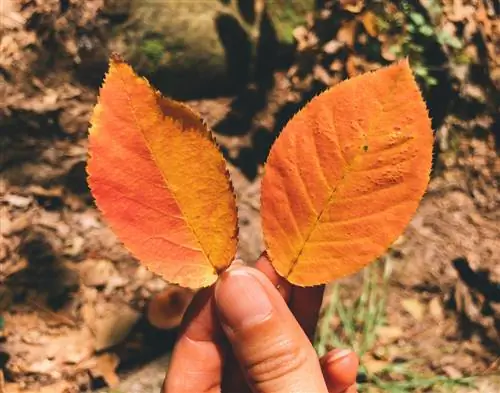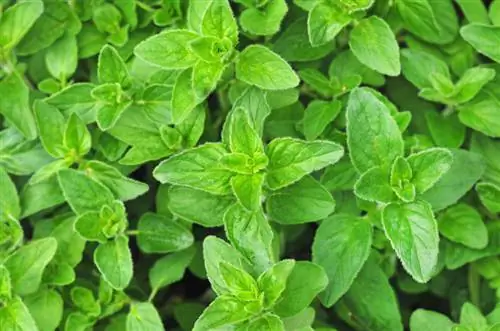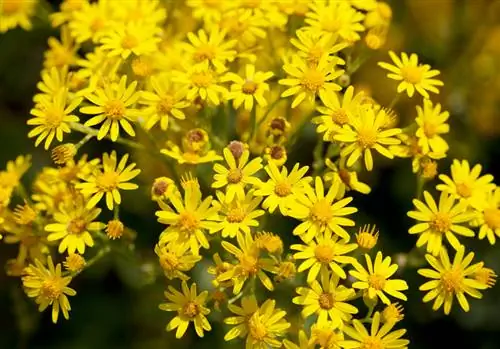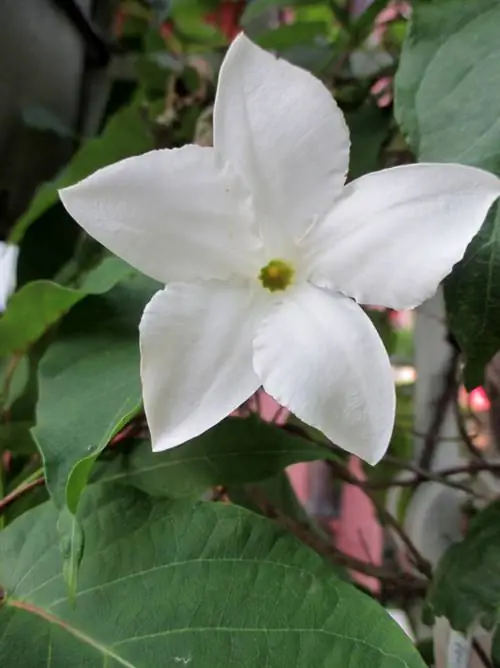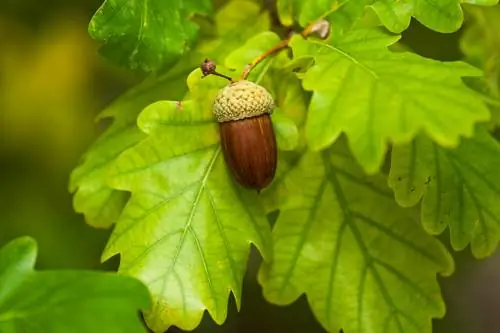- Author admin [email protected].
- Public 2023-12-16 16:46.
- Last modified 2025-01-23 11:21.
You can use several characteristics to identify a tree. The leaves are usually a helpful way to distinguish the plant from other plants. This is particularly recommended for the elm, as the deciduous tree has quite distinctively shaped leaves. But are you sure about the properties of an elm leaf? The following article will show you important details for identification.
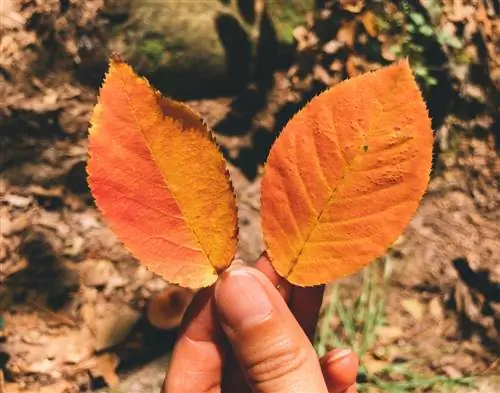
What do elm leaves look like?
Elm leaves are arranged alternately, ovate to round, double-serrated and pinnately nerved. They resemble hazel leaves, but fall from the tree earlier. Different elm species show variations in shape, size and petiole length.
Appearance of the leaves of the elm tree
- alternating arrangement
- the leaf edge is double lined
- Elm leaves have an ovoid to round shape
- they are annoying as feathers
Other features
- Elm leaves have a certain similarity to those of hazel, which is why there is an acute risk of confusion
- Elm leaves fall from the tree relatively early
Characteristics of the leaves of different elm species at a glance
- the thorn elm: egg-shaped, symmetrical leaf base, alternate, partly strongly toothed leaf edge
- the American elm: elongated, ovoid shape, up to 20 cm long, double-serrated leaf edge, asymmetrical, alternate
- the Dutch elm: asymmetrical leaf base, short-stemmed, double-sawn, slender, ovoid shape, tapering
- the mountain elm: asymmetrical leaf base, double-serrated, ovoid, short-stemmed
- the flat elm: corresponds to the characteristics of the mountain elm except for a long petiole
One of the interesting things is that you can distinguish the elm species native to Europe (bark elm, white elm and field elm) by the length of their petioles.
- wych elm: short-stemmed
- Flower elm: long-stemmed
- Field elm: single-stemmed
Are elm leaves poisonous?
Did you know that you can eat the young leaves of the elm? Why not try them as an ingredient in salads instead of the traditional varieties.
Dutch elm disease leads to loss of leaves
Are your elm leaves turning brown and becoming dry and wilted? Then there is a possibility that your deciduous tree is suffering from Dutch elm disease, which is now widespread. First you can recognize the symptoms mentioned on the leaves. Later, the fungus responsible for the disease spreads to the branches until the entire tree eventually dies. The wych elm in particular is at risk of contracting the pest. Unfortunately, no remedies have yet been discovered to counteract Dutch elm disease. For prevention, it is recommended to regularly check the leaves of your elm for signs of the fungus.

